The Importance of a Socket Wrench for Car Battery Maintenance
The Ultimate Guide to Using a Socket Wrench for Car Battery Maintenance
Proper car battery maintenance is essential for ensuring your vehicle’s reliability and longevity. Over time, battery terminals can corrode or loosen, leading to electrical issues or even complete failure. Using the right tools, like a socket wrench, can make this process efficient and straightforward. This guide focuses on how to use a socket wrench for car battery maintenance, providing step-by-step instructions and tips for DIY mechanics and car owners alike.
Understanding Your Car Battery and Socket Wrench
Car Battery Types
Car batteries come in various types, each with unique characteristics. The most common are:
- Flooded Lead-Acid Batteries: Traditional and affordable, but require regular maintenance.
- Absorbed Glass Mat (AGM) Batteries: Maintenance-free, durable, and ideal for modern vehicles with high electrical demands.
The Importance of Socket Wrench in Battery Maintenance
A socket wrench is an indispensable tool for car battery maintenance. It allows you to securely tighten or loosen battery terminals, ensuring proper electrical connections and preventing issues like corrosion or loose terminals.
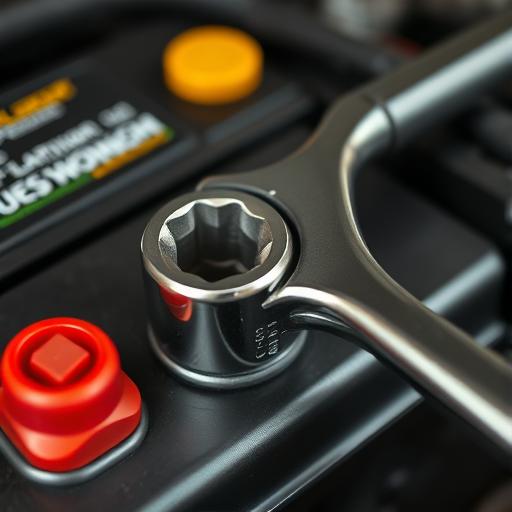
Types of Socket Wrench
Not all socket wrenches are the same. The most common types include:
- Standard Socket Wrench: Versatile and suitable for most battery terminal sizes.
- Impact Socket Wrench: Designed for heavy-duty tasks but not ideal for delicate battery terminals.
- Ratchet Wrench: Convenient for tight spaces and quick adjustments.
Safety Precautions Before Starting
Understanding Battery Acid
Car batteries contain sulfuric acid, which can be dangerous if mishandled. Always handle batteries with care and avoid tipping them to prevent leaks.
Safety Gear
Protecting yourself is crucial. Wear:
- Protective Clothing: Long sleeves and pants to shield your skin.
- Eye Protection: Safety goggles to prevent accidental splashes.
- Gloves: Rubber gloves to protect your hands from acid and dirt.
Disconnecting the Battery
Always start by disconnecting the negative (-) terminal first to minimize the risk of short circuits.
Using a Socket Wrench for Battery Terminals
Identifying Battery Terminals
Battery terminals are marked with a positive (+) and negative (-) sign. Ensure you identify them correctly before proceeding.
Choosing the Right Socket Size
Common socket sizes for car batteries are 10mm, 11mm, or 13mm. If unsure, use a measuring tool to determine the correct size.
Removing Battery Terminals
Use the socket wrench to turn counterclockwise and loosen the terminals. If corrosion is present, gently break it loose before removing the terminal completely.
Replacing Battery Terminals
Clean the terminals and posts with a baking soda and water solution. Apply anti-corrosion grease and tighten the terminals using a socket wrench, following the manufacturer’s torque specifications.
Maintaining Battery Terminals for Longevity
Regular Cleaning and Inspection
Inspect your battery terminals periodically for corrosion or looseness. Clean them as needed to maintain optimal performance.
Applying Grease or Anti-Corrosion Spray
Applying a thin layer of grease or anti-corrosion spray can prevent future buildup and extend the life of your terminals.
Tightening Terminals Periodically
Check the tightness of your terminals every few months to ensure a secure connection.
Common Issues and Solutions
Corroded Battery Terminals
Corrosion can be cleaned using a mixture of baking soda and water. Scrub gently with a wire brush to remove buildup.
Loose Battery Terminals
Loose terminals can cause electrical issues. Use a socket wrench to tighten them securely.
Broken Battery Terminals
If a terminal is broken, it may need to be replaced. Consult a professional if you’re unsure how to proceed.
Conclusion
Using a socket wrench for car battery maintenance is a simple yet effective way to ensure your vehicle’s reliability. Regular upkeep, including cleaning and tightening terminals, can prevent costly repairs down the line. With the right tools and knowledge, you can tackle this task confidently and keep your car running smoothly.
FAQ
What if I don’t have a socket wrench?
You can use an adjustable wrench or pliers as an alternative, but a socket wrench is the most efficient tool for the job.
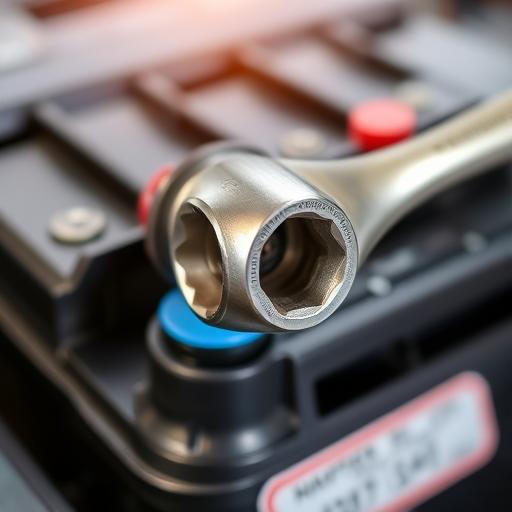
How often should I clean and maintain my battery terminals?
It depends on driving habits and climate. In general, inspect and clean terminals every six months or as needed.
Can I use an impact wrench to tighten battery terminals?
While possible, it’s not recommended. Impact wrenches can over-tighten and damage terminals. Use a standard socket wrench instead.
What should I do if I accidentally short my battery while working on it?
Disconnect the battery immediately and inspect for damage. If unsure, seek professional assistance to avoid further issues.
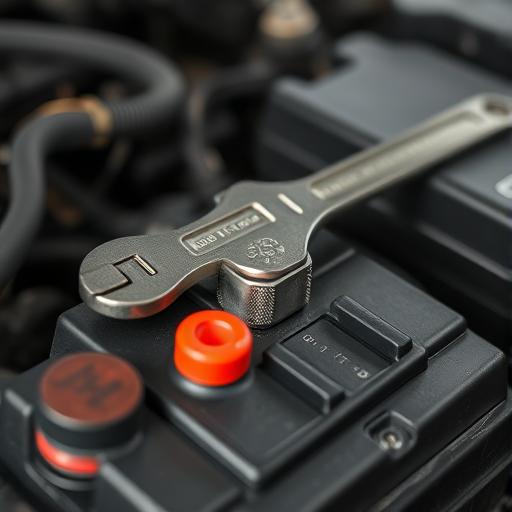
How do I know if my car battery needs replacing?
Signs include slow engine cranking, dim headlights, or a swollen battery case. Consult a professional for an accurate diagnosis.


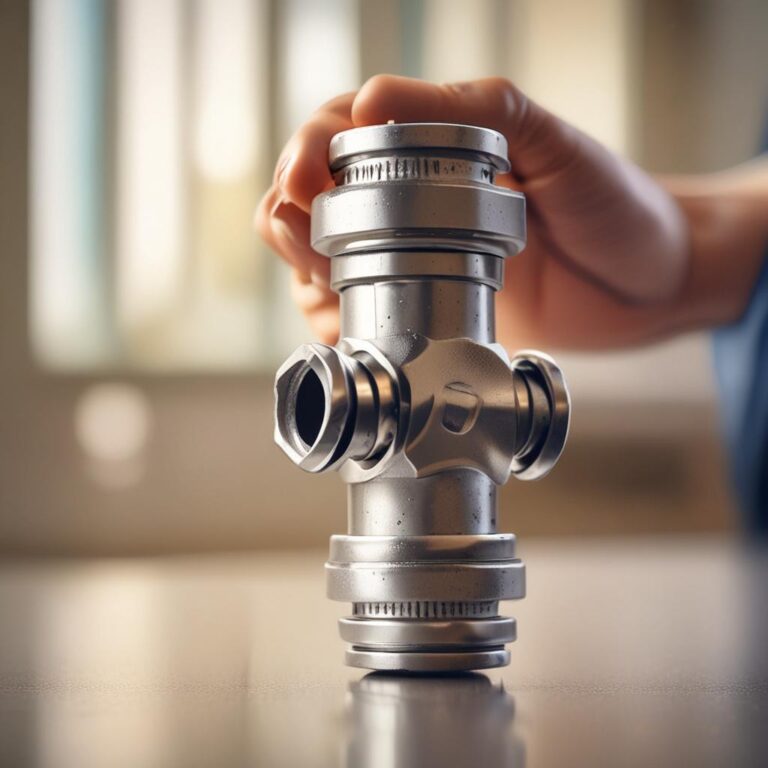
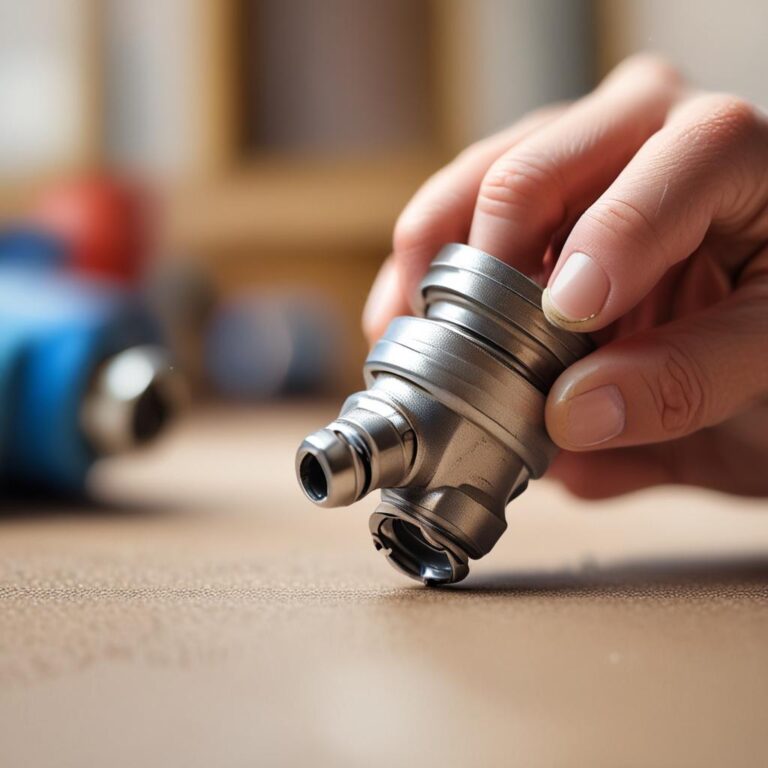
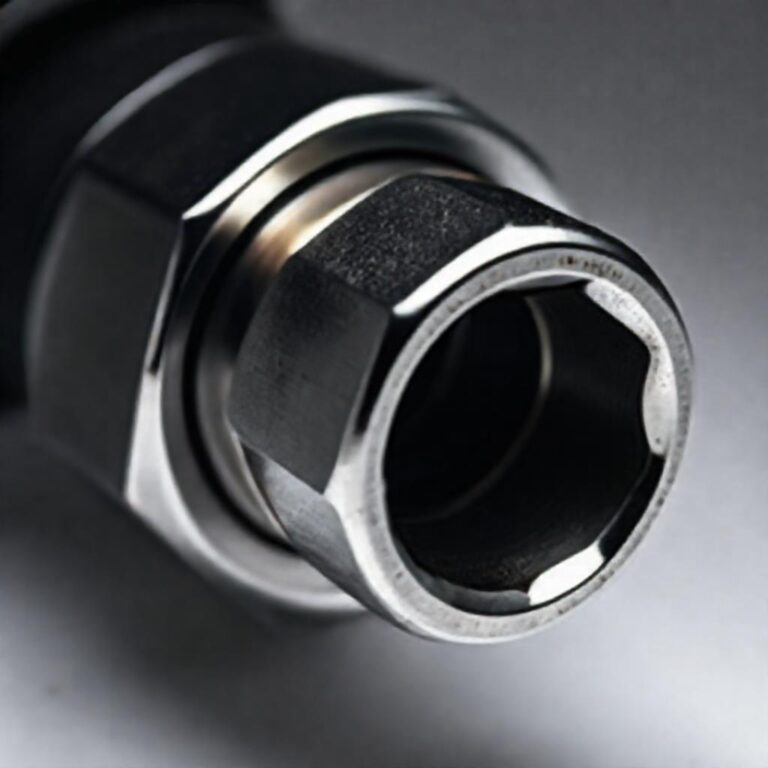

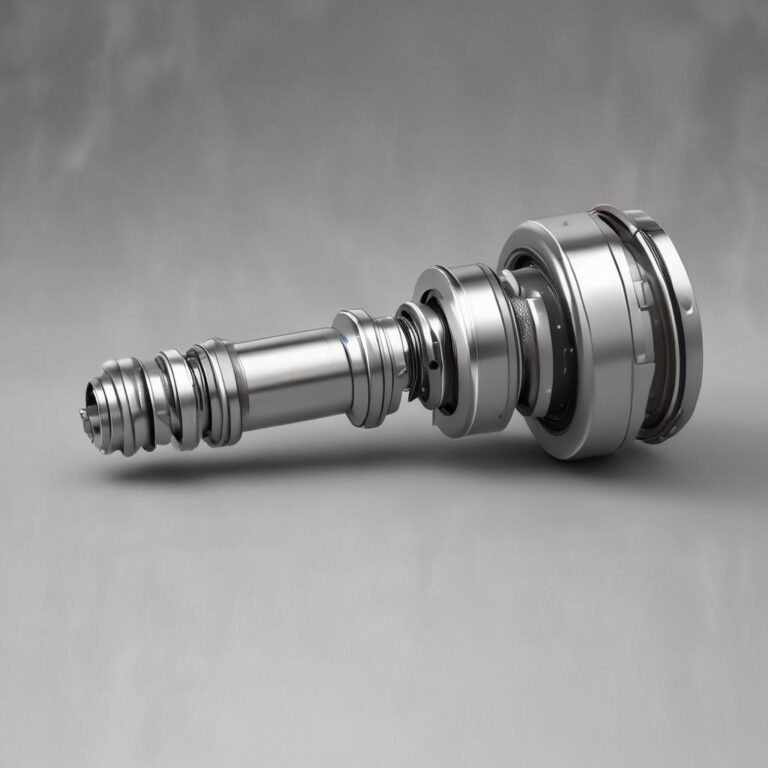
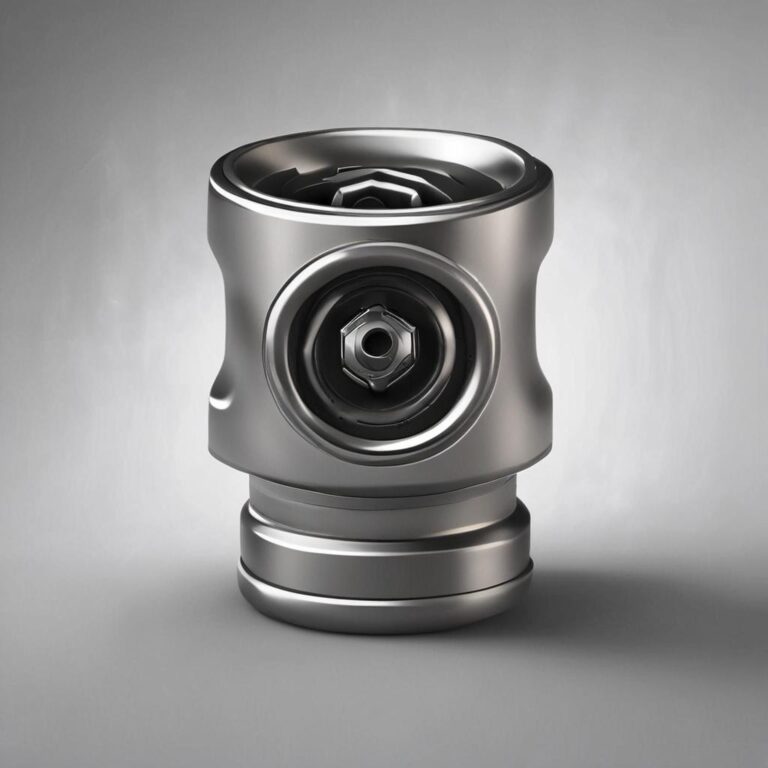
Excuse for that I interfere … I understand this question. Let’s discuss.
Thanks for jumping in! I’m happy to discuss this further. What’s your take on it?
https://the.hosting/
https://ping.space/